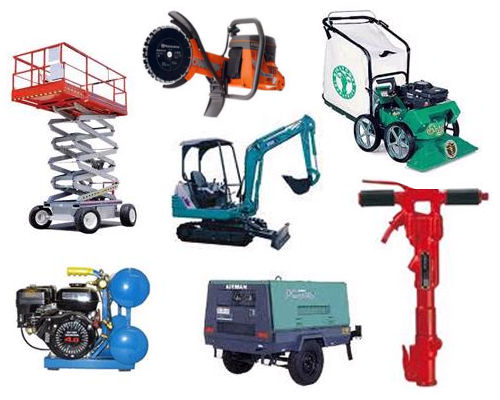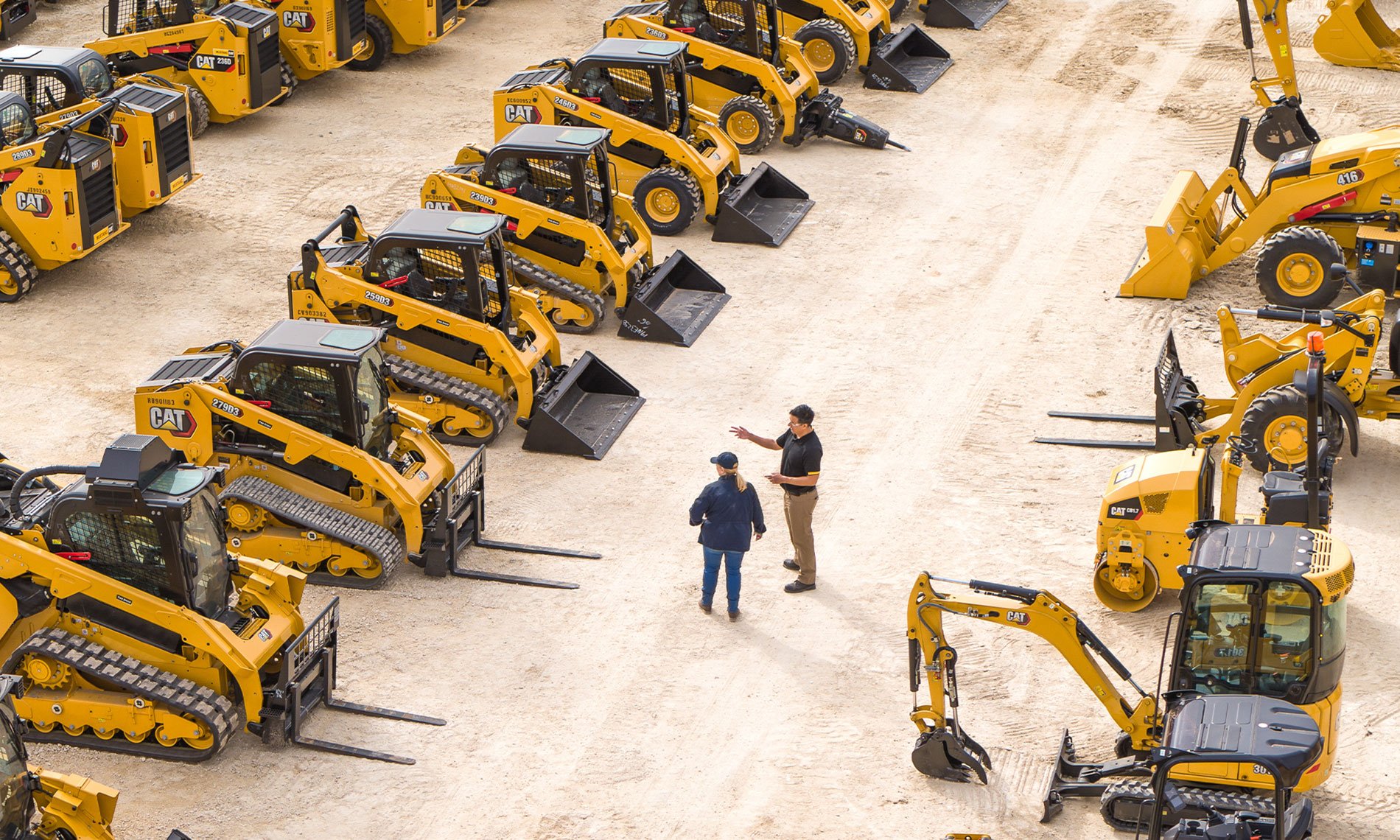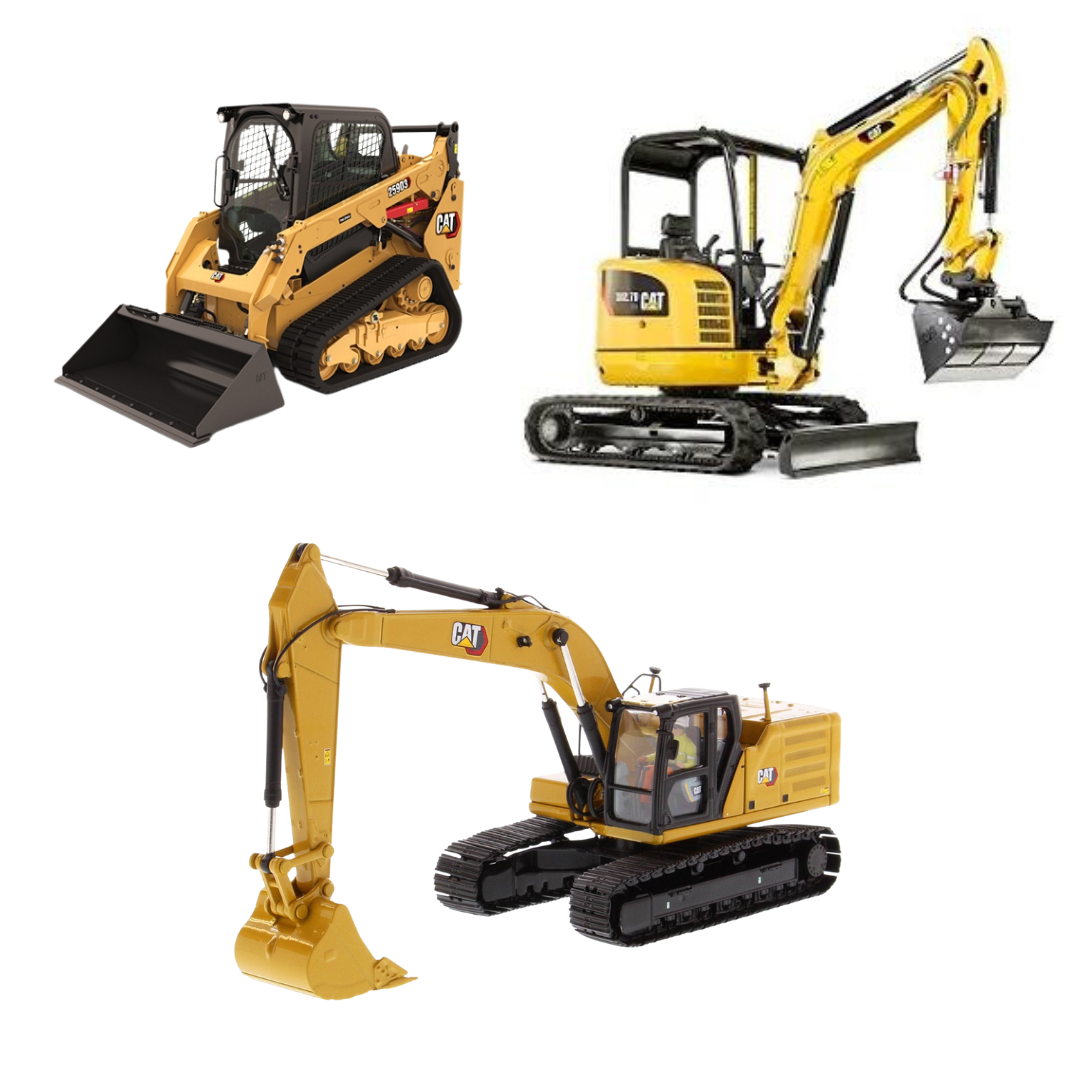Scissor Lift Rental: Safe and Effective Lifting Solutions
Scissor Lift Rental: Safe and Effective Lifting Solutions
Blog Article
Maximize Your Budget by Recognizing the Expenses Associated With Construction Tools Leasings
Recognizing the complete scope of expenses connected with building and construction equipment rentals is vital for optimizing your budget. What techniques can be utilized to successfully take care of these costs and guarantee a much more reliable rental experience?
Introduction of Rental Costs
When considering construction tools leasings, recognizing the connected costs is paramount for reliable budgeting and job planning. Rental prices can differ significantly based upon numerous elements, consisting of equipment kind, duration of service, and location. The first rental cost frequently shows the equipment's market demand and its connected functional capabilities, influencing the total expense.
In enhancement to the base rental price, supplementary prices might occur, such as transport costs, fuel additional charges, and upkeep fees. It is necessary to account for these extra costs to properly assess the total cost of leasing devices. In addition, the rental duration can impact pricing; longer rentals may receive reduced prices, while temporary services could sustain greater everyday costs.

Malfunction of Rental Rates
An extensive understanding of rental rates is essential for contractors and project managers intending to enhance their budget plans. Rental rates for construction tools normally are composed of numerous elements, consisting of base rates, time-based charges, and usage fees.
Base prices are the core fees related to the leasing of the tools, usually figured out by the type and dimension of the machinery. These rates can differ considerably, affected by aspects such as equipment need, availability, and regional market trends. Time-based fees, which may be daily, weekly, or monthly, offer to accommodate various project timelines and rental periods.
Additionally, rental prices may consist of usage fees, which apply when tools is utilized past a specified limit, ensuring that the rental firm can account for damage. Seasonal demand changes can also impact rental prices, with peak construction periods generally regulating higher costs.
In addition, understanding the rental business's plans concerning upkeep and insurance can supply further insight right into the total cost structure. By assessing these components, contractors can make enlightened decisions, making sure the option of rental equipment lines up with both task needs and budget restrictions.
Added Costs to Think About
Comprehending the details of added fees is important for service providers to handle their overall rental costs properly. Past the typical rental prices, numerous auxiliary costs can dramatically influence the complete expense of devices rental. These fees often include delivery and pick-up fees, which can vary based upon distance and logistics included in carrying the devices to and from the task website.
Moreover, some rental firms might impose gas additional charges if the devices is returned with less gas than when leased. It is also vital to understand possible cleaning fees, specifically for specific equipment that calls for complete maintenance after usage.

Completely reviewing the rental contract and clarifying these extra fees in advance can help service providers prevent unanticipated expenses and ensure that budget plans remain undamaged throughout the project lifecycle.
Repair And Maintenance Costs
Regular upkeep and repair work expenditures are typically forgotten factors that can dramatically influence the general price of building tools rentals. When leasing tools, it is essential to take into consideration not only the rental fees however additionally the possible prices connected with keeping the machinery in optimum operating problem.
Lots of rental firms include basic maintenance as component of read what he said the rental arrangement; however, more considerable repairs or unanticipated breakdowns can lead to additional expenditures. It's important to review the rental contract meticulously to recognize what maintenance services are covered and what duties fall on the tenant.
Moreover, tools that is not properly maintained can bring about inadequacies on duty site, potentially causing hold-ups and increasing project costs. To minimize these threats, it is advisable to perform regular inspections and keep open interaction with the rental copyright pertaining to any kind of issues that emerge throughout use.
Insurance and Responsibility Prices
Insurance coverage and obligation costs are critical parts that can dramatically affect the overall expense of building equipment services (construction equipment rentals). These prices make sure that both the rental company and the customer are safeguarded from potential monetary losses occurring from crashes, damage, or burglary during the rental duration

Furthermore, customers ought to understand any deductibles or exclusions in the insurance plan, as these can impact potential out-of-pocket expenses. Understanding the terms and conditions of any type of insurance coverage is important to prevent unanticipated costs. Ultimately, budgeting for insurance coverage and responsibility expenses can help make sure a smoother rental experience and safeguard against economic threats linked with building tasks.
Verdict
In verdict, a detailed understanding of the expenses associated with building and construction devices leasings is important for reliable budget plan administration. Ultimately, educated decision-making concerning equipment leasings contributes to the total success of building and construction undertakings.
Rental expenses can vary dramatically based on numerous elements, including tools kind, duration of leasing, and area (rental company near me). The rental duration can impact pricing; longer services may certify for reduced prices, while short-term services might incur greater day-to-day fees
By performing complete research and involving with reliable rental business, service providers can successfully browse the complexities of rental prices, inevitably maximizing their monetary sources.
Past the common rental rates, different auxiliary charges can substantially influence the total expense of tools rental. Rental companies commonly give liability insurance coverage that covers injuries to 3rd events or damage to residential property, while tools damages insurance coverage can cover the expense of repair services or substitute if the read the article rented equipment is damaged.
Report this page